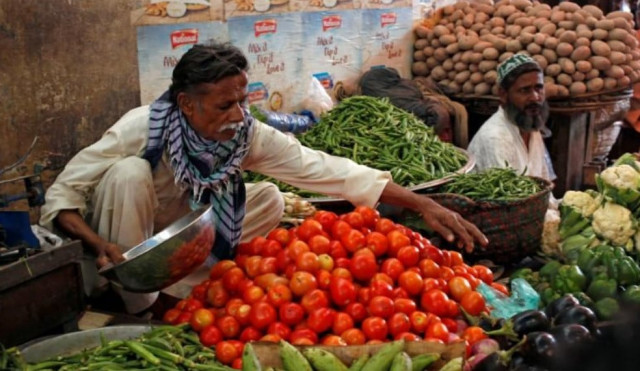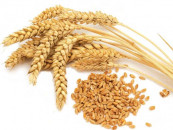SPI records 4.07% YoY increase
Tomatoes, fuel drive short-term inflation; weekly reading rises 0.56%

The Sensitive Price Indicator (SPI), a key gauge of short-term inflation, recorded a year-on-year (YoY) increase of 4.07% for the week ended October 2, 2025, according to data released by the Pakistan Bureau of Statistics (PBS).
The rise highlights persistent price pressures on essential commodities, though the pace remains relatively moderate compared to past spikes.
On a week-on-week (WoW) basis, the SPI rose 0.56%, driven largely by food and energy items. Prices of tomatoes surged 46.44%, followed by notable increases in petrol (1.72%), diesel (1.45%), garlic (1.41%), and onions (1.22%). Other items such as chilli powder, mutton, beef, vegetable ghee, curd, and printed lawn fabric also recorded mild upticks.
In contrast, several essentials provided relief to consumers. Chicken prices fell 7.96%, while bananas, pulses (gram and moong), gur, potatoes, liquefied petroleum gas (LPG), eggs, and cooking oil also registered declines.
Out of the 51 commodities tracked by the SPI, 19 items showed an increase, 12 declined, and 20 remained stable.
The YoY breakdown showed both steep rises and significant declines. The biggest increases were seen in tomatoes (89.81%), ladies' sandals (55.62%), sugar (33.73%), gas charges for Q1 (29.85%), and pulse moong (15.27%). Food staples, including wheat flour (13.37%), beef (12.48%), and ghee (11-11.06%), also became costlier, alongside energy products like diesel (12.57%) and firewood (11.22%).
At the same time, some commodities saw sharp declines. Onion prices fell 44.93% YoY, while chicken got cheaper by 31.08%, garlic by 28.69%, and electricity charges for Q1 by 26.26%. Pulses such as gram, mash, and masoor dropped between 4% and 24%, while potatoes and tea also became more affordable.
The SPI analysis across expenditure quintiles showed that the impact varied by income groups. The highest YoY increases were recorded for middle-income households (Q3 and Q4) at 4.83% and 4.86%, respectively. In contrast, the lowest quintile saw a 3.90% rise, and the wealthiest group (Q5) experienced the smallest increase of 3.35%.
The data suggests that food price volatility remains a significant driver of inflationary trends. Tomatoes alone accounted for the largest contribution to both weekly and yearly changes, reflecting supply disruptions and seasonal shortages.
Meanwhile, the rise in petroleum products continues to feed into transportation and distribution costs, amplifying inflationary pressures across other categories.
While the YoY SPI increase of 4.07% is relatively contained compared to the double-digit spikes witnessed in 2022-2023, the uneven distribution of price changes across commodities makes budgeting difficult for households.
The mixed basket, sharp rises in some essentials but steep falls in others, keeps inflation unpredictable for the average consumer.



















COMMENTS
Comments are moderated and generally will be posted if they are on-topic and not abusive.
For more information, please see our Comments FAQ